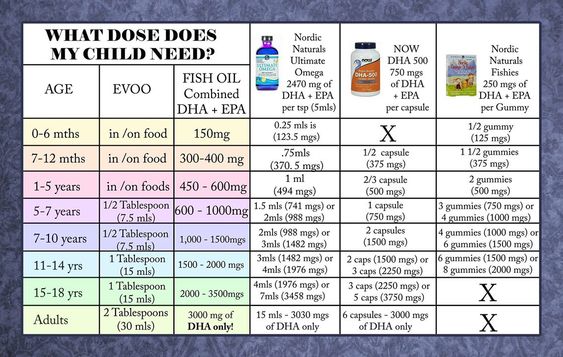What is the Nemecheck Protocol?
What is the Nemecheck Protocol? The Nemecheck Protocol is a non-invasive screening and diagnostic tool for autism and ADHD. It is based on the work of Dr. Paul Nemecheck, a
Happy Steppy
Any questions related to Treatment?
WhatsApp Us
🟢 we are online | privacy policy
WhatsApp us


